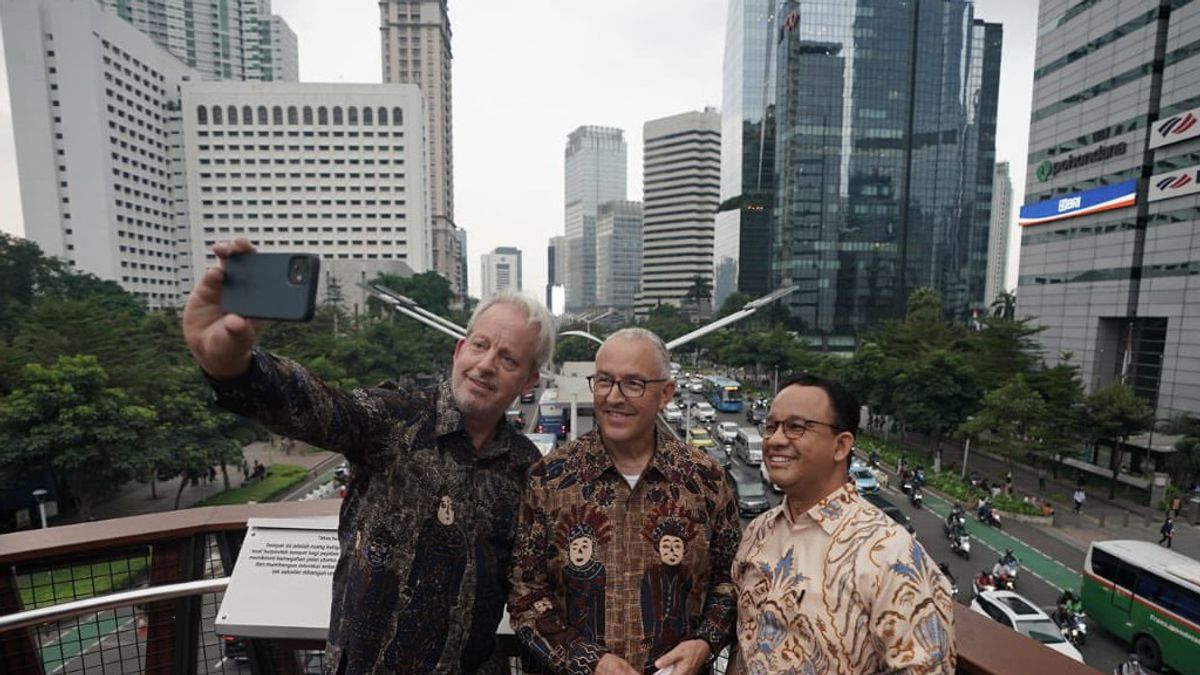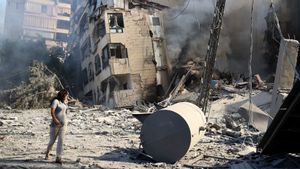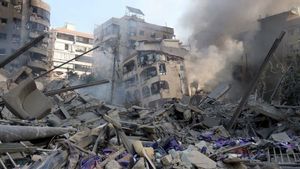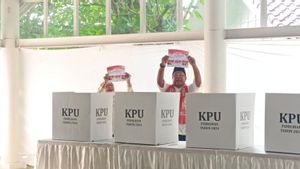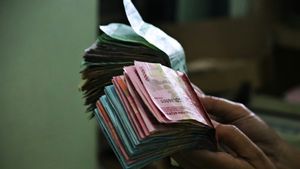JAKARTA - DKI Jakarta Governor Anies Baswedan projects that more people will live in cities with affordable housing costs.
This refers to the issuance of Governor Regulation Number 31 of 2022 concerning Detailed Spatial Planning Plans for the Regional Planning of the Special Capital City Region of Jakarta.
In the regulation regarding the new RDTR, the DKI Provincial Government has changed the determination of building floor coefficients (KLB) in buildings around the station area to transit-oriented terminals or areas (TOD).
Currently, the amount of KLB for commercial zones is 7.0 and 3.6 for residential zones. Meanwhile, in the old rule, namely Regional Regulation Number 1 of 2014, KLB for commercial zones is 2.97 and residential zones are 1.2.
"For example, in Fatmawati, currently with the current rules, the TOD area has an average KLB 7. So later when an area is around the station, a radius of 800 meters from the area, the building can become a tall building," said Anies in the socialization of Gubernatorial Regulation Number 31 of 2022 at City Hall, Wednesday, September 21.
Prior to the change in KLB rules, Anies assessed that many people were reluctant to occupy housing in the city and the TOD area because of the high cost. Thus, quite a number of developers have established residential areas on the edge of the city to buffer areas in order to pursue cheaper costs.
"Because (the construction) should not be high, units per building become expensive. Because it becomes expensive, it eventually moves out of town," said Anies.
As a result, many people use private vehicles for their daily activities. They are also reluctant to use public transportation because they live in residential areas far from the transit area.
Meanwhile, the RDTR Governor's Regulation, which opens up space for the establishment of higher buildings, according to Anies, will accommodate more people living at affordable prices in the city.
"As soon as it is allowed to be (building) high, the unit can be cheaper. With cheaper means, then he no longer needs to walk 1-2 hours from out of town into the city and he does not need to buy a private vehicle, he lives in a place that can be reached by public transportation," explained Anies.
"Now Transjakarta has 24 hours. Imagine, tomorrow there will be 24 hours of public transportation in this city and you live in a transit-oriented area. Where, anytime, you can use public transportation. That's the future of Jakarta," he added.
The English, Chinese, Japanese, Arabic, and French versions are automatically generated by the AI. So there may still be inaccuracies in translating, please always see Indonesian as our main language. (system supported by DigitalSiber.id)
